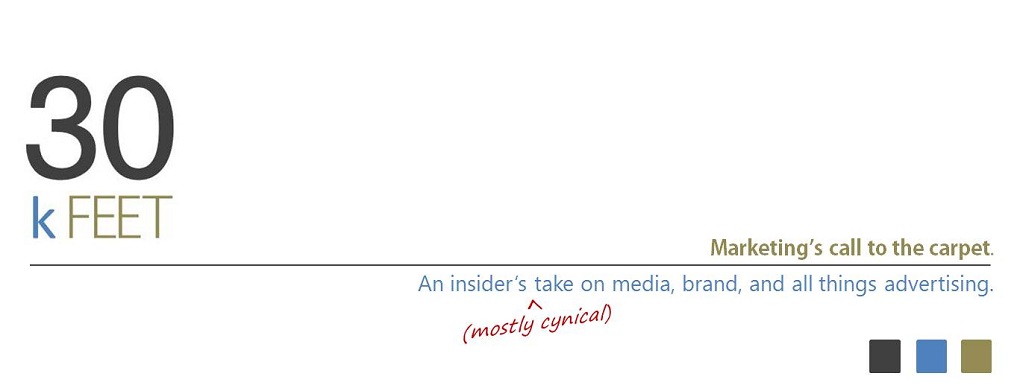Relax, Blu. Now you
can go to Target for your ‘Neiman-Marcus shopping spree-ah.’
We’ll admit we were
concerned when we first heard Neiman Marcus was partnering with Target on an
exclusive collection this Holiday. (Original blog post)
It’s not without the
potential of being a win-win.
Target, always looking for new ways to distance itself from
down-market, low-cost leader Wal-Mart, would boast a plethora of new
limited-edition designers. And Neiman’s, struggling to tread water in a sea of
high-end department store adversaries, could earn the attention and (eventual) patronage of next-gen
fashionistas.
But would the spread
in purchase parity prove too great for either party to garner any mutual / residual
benefit?
I mean, how would a Herrera
halter look hanging on a white plastic hanger?
Who wants to put their new Oscar de la Renta suit on the conveyor belt up at the front check lanes?
Who wants to put their new Oscar de la Renta suit on the conveyor belt up at the front check lanes?
Of course we didn’t expect the 20+ design houses tapped for
the promotion to simply migrate product from one store to the other, but the
fundamentals of brand resonance still apply.
While it may be
another six weeks before we know for sure whether Target is wasting precious
holiday floor space, the collection’s preview looks promising!
 |
| Current landing page. View here. |
As you browse through the 50+ pieces, you’ll come across
only a few price outliers in terms of same-department, Target alternatives (Tracy Reese blouse, $79.99, Marc Jacobs
scarf, $69.99).
That’s because instead of simply offering re-tooled design
staples, our fashion icons have opted to apply signature brand affects to
unique, everyday products.
Instead of women’s couture, Herrera applied her essence to mini
travel bags and a stationary set.
Instead of leaning on their men’s formal wear fame, Oscar de
la Renta commissioned a canvas tote and signature pet products.
It’s a branding tactic we’re calling the ‘gateway drug.’
The Neiman-Target collection doesn’t boast hard-core, high-dollar, all-or-nothing pieces. Instead, simple everyday items that capture the essence of brand. It’s brand introduction at its finest.
A win-win for any of
the brand targets, really.
While existing brand loyalists can augment their current library
with net-new component pieces, less affluent one-time browsers can finally
convert, securing their very first.
Tis the season to
splurge…
Sure, $19.99 is a bit more than you need to extend in
securing a functional lunch box, but Christmas is the time to treat yourself
and the ones you love…and this it Tori Burch!
To be successful in the Target ecosystem, the Neiman’s line will
need to fit in, enhance, and inspire.
If the preview is any indication, check, check, and check.
We should never have
doubted you, Target – and we can’t wait to see the collection in store next
month!










